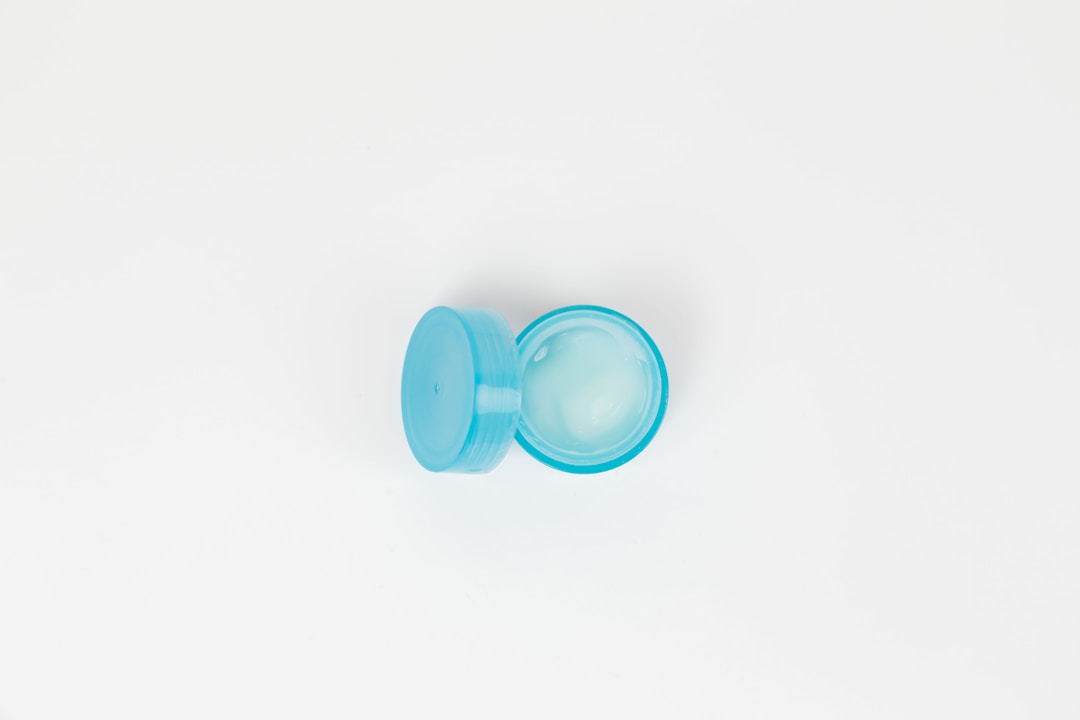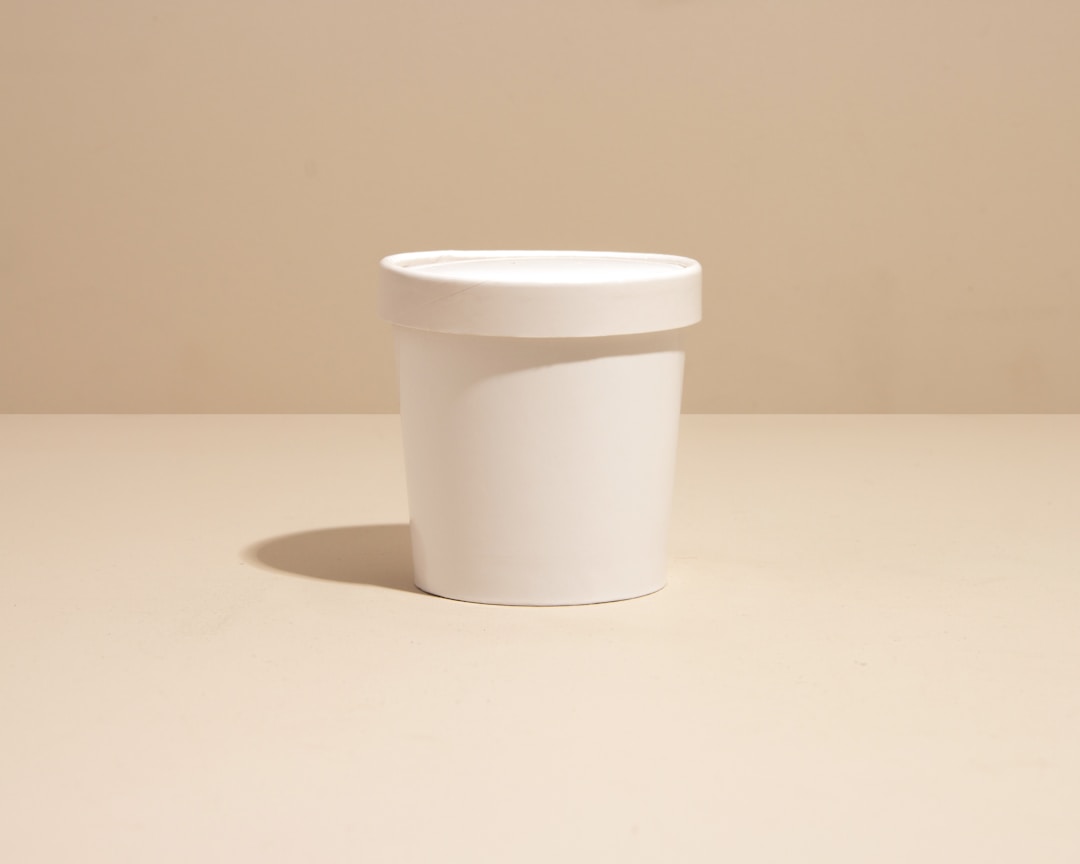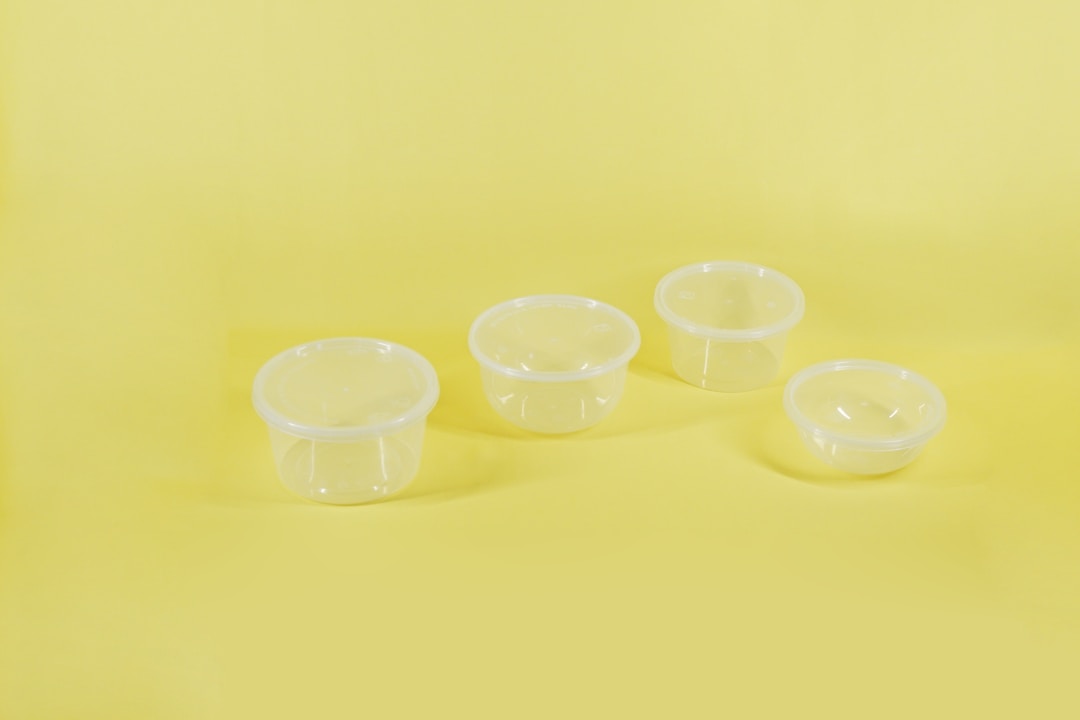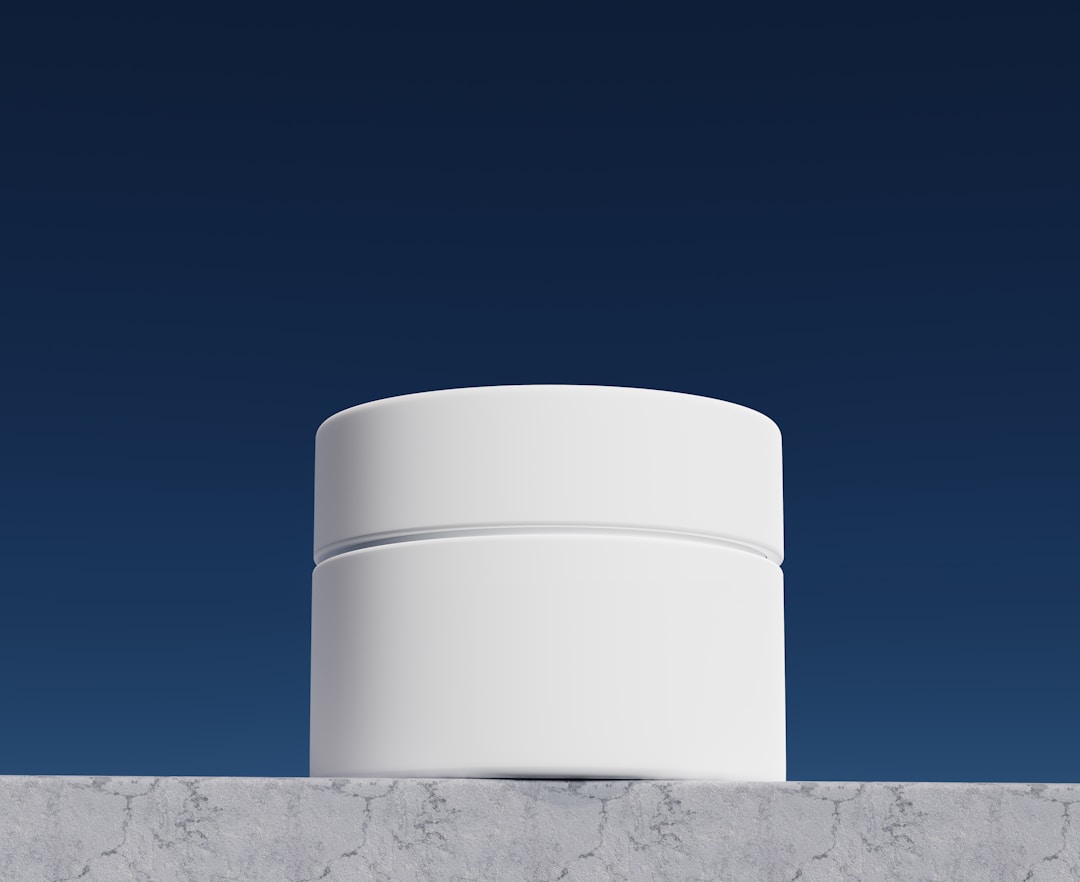In today’s heavily commercialized age, where every product competes for consumers’ attention, many brands turn to elaborate packaging designs to stand out. However, recent years have witnessed a foundational shift in this approach, with a rising number of businesses increasingly adopting minimalist packaging. Driven by the twin motivations of sustainability and consumer appeal, this revolution in packaging design aims to reduce waste, maximize impact, and advocate ethical consumerism. Below, we will delve deeper into this phenomenon, exploring its origins, its benefits, and its implications for future business practices.
Tracing the Origins: The Minimalist Packaging Movement

Understanding the emergence and meteoric rise of minimalist packaging necessitates a look at its origins. Since the onset of the 21st century, conscious consumerism has gained traction. Consumers began to probe beyond the practical function of products, taking interest in the values they represent and the impacts they impart on the environment. In this milieu, the idea of ‘less is more’ started gaining currency. Simultaneously, minimalist design, celebrated for its emphasis on functionality and simplicity, resurged in various quarters including interior decor, fashion, and digital design spaces.
Major brands lead the charge by employing minimalist designs, like these screw top plastic containers. These early pioneers demonstrated that minimalist packaging could still maintain a strong brand identity and consumer appeal. The most popular options are bioplastics, like BioMax, which are made from sugarcane. These jars, food storage containers, and accessories reduce waste and offer your company the ability to minimize its carbon footprint. If you want your company to be a part of promoting a circular economy and bolster your reputation, eco-friendly packaging alternatives are a must.
Concurrent with these developments was the increasing global awareness of environmental concerns, particularly the problem of plastic waste that has been plaguing our oceans and landfills. Devastating visuals of marine life entangled in plastic refuse and overflowing landfills brought attention to the excessive waste production associated with retail packaging. This growing environmental consciousness fueled the drive toward minimalist packaging.
Unpacking the Benefits: Why Brands Are Going Minimal
Embracing minimalist packaging comes with a raft of benefits for brands, particularly in terms of environmental sustainability, cost savings, and customer satisfaction. From an environmental standpoint, minimalist packaging reduces material use, thereby minimizing waste generated and resources consumed in the packaging process. It is aligned with modern consumers’ eco-friendliness and desire to make environmentally responsible purchases.
A case for minimalist packaging can also be made on economic grounds. Fewer materials used in packaging translate into financial savings for businesses, both in terms of supply chain costs and disposal fees. The smaller size and weight of minimalist packaging can spell cost savings in terms of transportation and storage, both for businesses and consumers.
In terms of customer satisfaction, minimalist packaging offers a clean, straightforward, and aesthetically pleasing unboxing experience. It reduces the risk of overwhelming or confusing consumers with too much information, thereby facilitating a more immediate, engaging interaction with the product. Minimalist packaging, with its emphasis on function and simplicity, can thus help brands to foster positive customer relationships and boost customer retention.
Projected Implications: The Future of Minimalist Packaging

Looking ahead, there is little doubt that minimalist packaging will continue to gain prominence in the business world. As consumer demand for sustainability and ethics grows, brands employing minimalist packaging will be well-positioned to cater to this market and differentiate themselves from competitors. This shift could incentivize more companies to switch to minimalist packaging, heralding an era of eco-friendly and user-centric product design.
More widely, the increasing adoption of minimalist packaging could impact regulatory frameworks. With mounting public pressure to address packaging waste, governments worldwide may implement regulations promoting minimalist packaging and penalizing excessive packaging. This might further impel businesses to rethink their packaging strategies and pivot towards more sustainable options.
Moreover, technological advancements could push the envelope of what’s possible in minimalist packaging. From eco-friendly materials that reduce environmental impact to innovative design features that enhance the user experience, technology can play a role in shaping the next generation of minimalist packaging solutions.
Challenges on The Path to Minimalism
Despite its numerous advantages, the transition to minimalist packaging does not come without challenges. One of the main obstacles that brands could encounter in this shift is consumer resistance. As they have been conditioned to equate extravagant packaging with quality, stripping down to the bare essentials can initially be met with skepticism.
Another significant challenge is the pressure of standing out in the competitive market. With every business vying for attention, moving towards minimalist packaging might seem counterintuitive. Experimentation, creativity, and understanding the balance between minimalism and brand narrative are crucial factors in overcoming this hurdle.
Regulatory compliance might pose a challenge, particularly for businesses operating in multiple locations, each with its own packaging laws. Detailed assessment of legal constraints and effective planning can help mitigate these concerns and ensure that businesses transition smoothly into minimalist packaging models.
Celebrating Successes: Spotlight on Minimalist Packaging Champions

Despite these challenges, many brands have implemented minimalist packaging and achieved remarkable success. Through reinvention, thoughtfulness, and commitment to sustainability, these companies have fashioned not only attractive packaging designs but also lasting trust and reputation with their consumers. Big businesses have demonstrated the positive environmental, economic, and consumer engagement outcomes that the adoption of minimalist packaging can yield.
Embracing the Change: Implementing Minimalist Packaging
If you’re a brand considering making the shift towards minimalist packaging, the process is simpler than it might initially seem. Begin by critically analyzing your current packaging to identify where reductions can be made. Explore eco-friendly materials and consider collaborating with design experts who specialize in minimalism.
Simultaneously, it is vital to ensure that your packaging still communicates your brand values and product information. Balance minimal design elements with the necessary details to ensure your product remains engaging and informative for the consumer. Be transparent about your journey towards minimalism. Share your motivations and progress with your consumers and stakeholders. Authenticity and honesty can invite consumer trust, loyalty, and support during this transition.
From Abundance to Adequacy: An Ethical Shift in Packaging

To conclude, the minimalist packaging revolution is much more than a mere aesthetic trend. It represents an ethical shift in business and consumer relations, led by companies that are committed to being a part of the solution for climate change. This shift encourages brands to reconsider their use of resources and reaffirm their commitment to sustainability. It challenges consumers to examine their purchasing habits, promoting responsible consumption and reducing waste.
From its benefits to challenges, inspirations, and implications, we hope this exploration of minimalist packaging has equipped you with insights to understand and navigate this field successfully. Whether you’re a business contemplating a sustainable transformation in your packaging, a conscious customer, or just an enthusiast, you’re part of this wave. Together, we can move towards a more sustainable, less wasteful, and more minimalist future.
As this article demonstrates, the rise of minimalist packaging is indeed a promising prospect. More than just a design trend, its potential to revolutionize how we interact with products, reduce waste, and promote sustainability signals a brighter, more thoughtful future for consumers and businesses alike. If you follow the advice in this article, then you’ll be well on your way to guaranteeing that your brand minimizes waste and attracts attention to your commitment to ethical packaging practices.